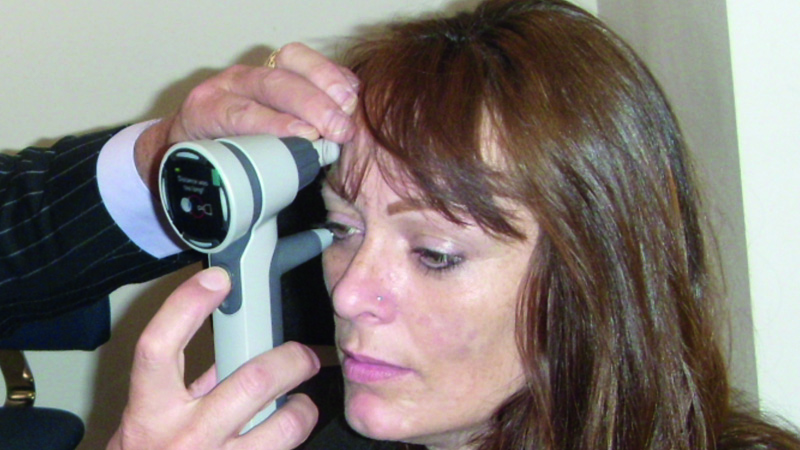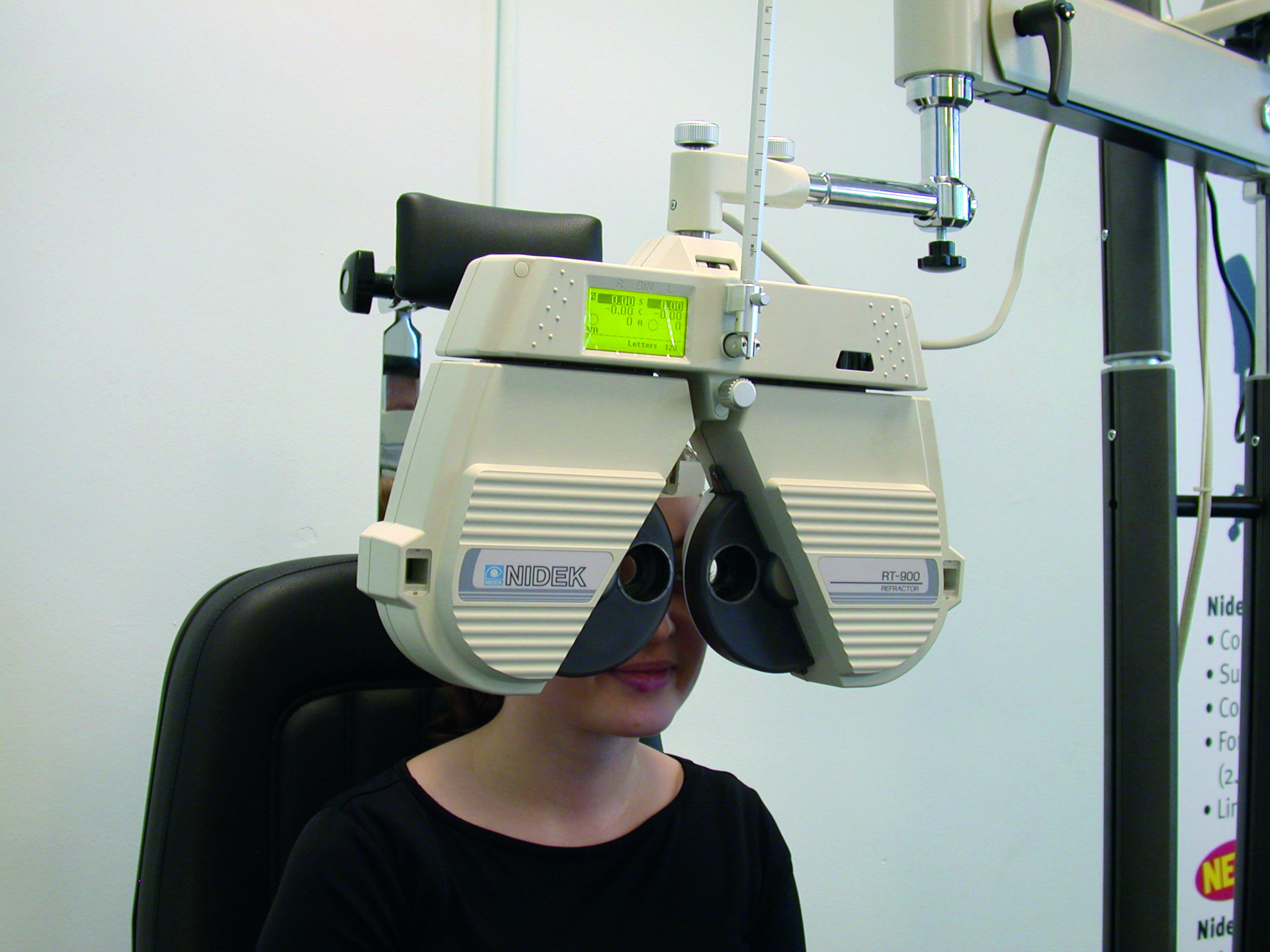Over the past few months we have published a four-part series looking at the various methods that have been used to intervene in myopia in attempts to slow its progression. Myopia is an ocular condition with increasing prevalence and, in some regions of the world, has almost full penetrance. Uncorrected, as is often the case in developing countries, vision is significantly affected. Furthermore, myopia increases the risk and severity of a whole gamut of ocular diseases which, if eye care is not attainable, lead to blindness.

Predicted impact for myopia is sobering and so it is no wonder researchers have been looking at the various methods of slowing axial length growth. Some have been indicated from animal trials, others from human observation. Effectiveness is variable and there is unlikely to be any single ‘cure’ in the near future and likely in the distant future only through major advances in genetic interventions.

The four articles (three by Dr Annette Parkinson and one by Ross Grant) that are to be the source material for this exercise covered the following topics.
- Part 1 – this reviewed the nature of myopia and its various classifications. There is also a discussion of various risk factors and environmental influences on progression. Click here to read the article.
- Part 2 – after a discussion of pathological myopia and its effects, this paper reviewed contact lens methods attempting myopia control. Click here to read the article.
- Part 3 – this article offered an overview of how we might apply current knowledge relating to myopia progression and control to everyday practice. Click here to read the article.
- Part 4 – this article looked at spectacle lens options, including those specially designed to limit myopia progression, and also pharmacological interventions and treatments. Click here to read the article.
An understanding of the underlying science behind interventions and, perhaps more importantly, an up-to-date awareness of the extent of impact of individual interventions (both good and bad) is increasingly essential. Patients hear about ‘myopia treatments’ via other media and clinicians are starting to practice myopia therapy. It is the eye care practitioner who is best placed to explain the latest understanding of techniques and their impact. This month’s exercise is designed to encourage healthy debate about the topic.
Once you have read through the source material, please attempt the six multiple choice questions on the following page. You will need to score 100% on the multiple choice questions to proceed to the interactive case study question. You can retake the multiple choice questions as many times as you like to achieve 100%.
